Understanding the October to December 2020 Eastern Africa Rainfall Forecast
By Eunice Koech
Contributions by ICPAC’s Climate Change Working Group
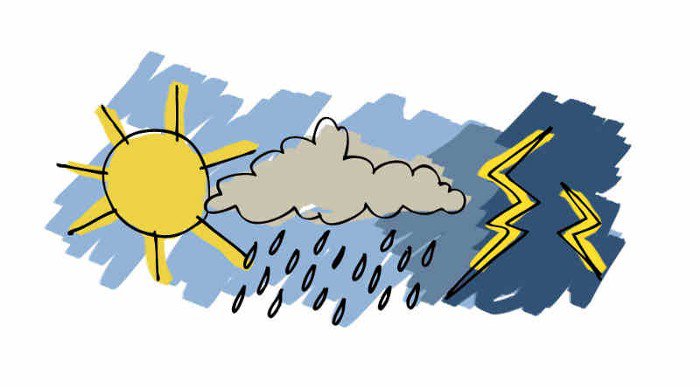
The October to December (OND) season popularly known as the short rains season is an important rainfall season for the equatorial and southern sectors of eastern Africa countries (Rwanda, Burundi, Uganda, Kenya, south-eastern Ethiopia, Somalia, and Tanzania). These are countries that experience two major rainfall seasons in a year: March to May and October to December. Generally, the southward movement of the Inter Tropical Convergence Zone (ITCZ) and the convergence of the moist south-easterly to south-westerly (Somali Jet) and the dry northerly to north-easterly winds over the region, are the primary causes of rains during the short rains season. However, the space-time characteristics of some of the global climate systems such as Indian Ocean Dipole (IOD), El Nino Southern Oscillation (ENSO), western Indian Ocean tropical cyclones among others, have great influence on the rainfall onset and general conditions during this season.
State of Climate Drivers during the October to December (OND) 2020 Season
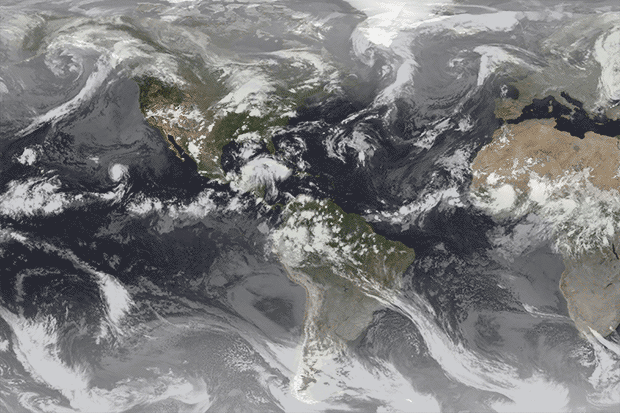
El Nino Southern Oscillation (ENSO)
ENSO is an equatorial Pacific Ocean phenomena which involves changes in sea surface temperatures in the central and eastern pacific causing great influence on climate over the tropics. Depending on whether cooling or warming occurs, ENSO can either cause a La Nina or an El Nino event. To declare an event as a La Nina, the National Oceanic and Atmospheric Administration Climate Prediction Centre (NCEP), for instance, requires that the 3-month average Sea Surface Temperatures (SST) anomaly over the Nino 3.4 region must be below -0.5°C for 5 or more consecutive months. The SSTs over the central equatorial Pacific Ocean (Nino 3.4 region), where the El Nino/La Nina conditions are derived from, have been cooling over the past months. This cooling is expected to continue until the La Nina threshold is exceeded in September. The ENSO conditions at the moment are, therefore, favoring a La Nina episode as sea surface temperature anomalies remain negative over the Nino 3.4 region. A La Nina episode is associated with depressed rainfall during the (OND) short rains season over Eastern Africa.
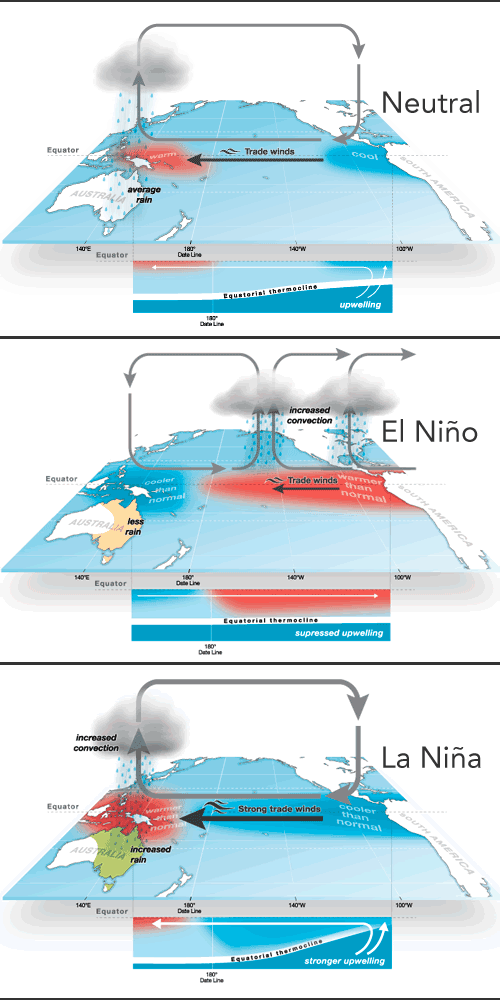
Indian Ocean Dipole
The Indian Ocean Dipole (IOD) is a phenomena of the Indian Ocean where sea surface temperatures warm or cool abnormally over the eastern or western regions of the ocean. Positive and negative IOD indices have significant influence over eastern Africa during the short rains season and beyond. Currently, the IOD index value is negative, and models show that the values are likely to persist at a weak negative IOD through October: then returns to neutral towards the end of the year. A negative IOD causes depressed (reduced) rainfall over Eastern Africa.
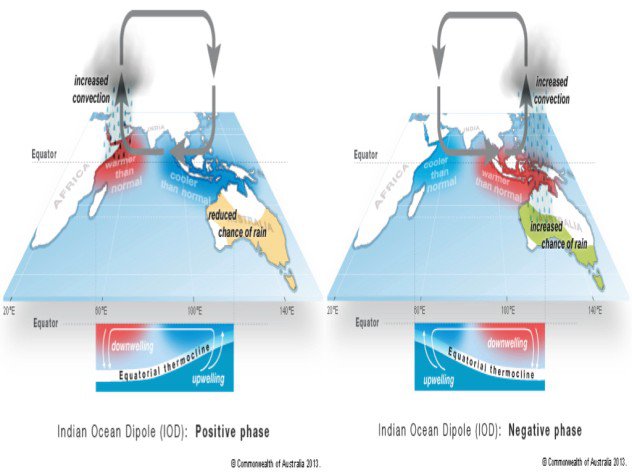
Tropical Cyclones
The influence of tropical cyclones over north-western Indian Ocean on OND rainfall cannot be overlooked. For example in 2019, four tropical cyclones developed at the same time close to Eastern Africa during the OND season which resulted in too much rainfall that caused massive destructions in Somalia and other countries. There is still limitation in long range forecasting of tropical cyclones, and a lot of efforts are being put into monitoring their evolutions and tracks. Close monitoring of cyclone activities over north-western Indian Ocean during September and within OND season is important for providing OND forecast updates.
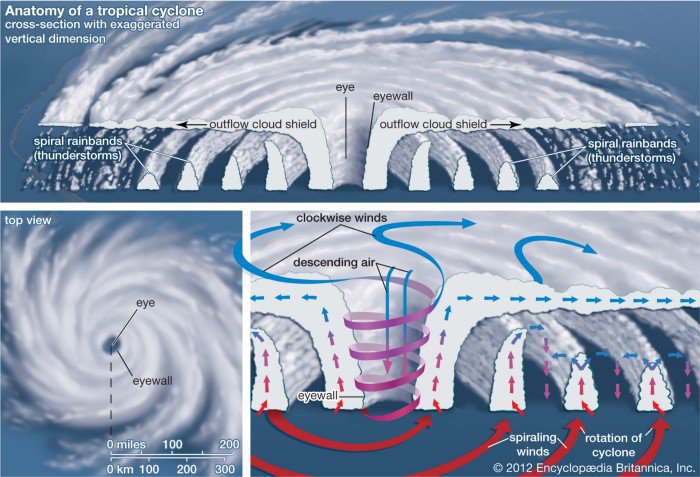
October to December 2020 Rainfall Outlook
The consolidated objective regional rainfall forecast shown in Figure 1 below indicates that countries such as Burundi, Rwanda, Uganda, Tanzania, Kenya, southern and north-western Somalia, and southern Ethiopia are expected to experience drier than usual conditions during the OND 2020 season. This dry signal as mentioned before, can be attributed to a La Nina episode that is expected to fully evolve by September. Although the process of generating the forecast does not directly relate the temperatures at Nino 3.4 region with rainfall, all the nine models used to produce the forecast, individually factors all climate indicators at global and local scales. The IOD is expected to remain weakly negative during the period, thus the dry signal can also be associated with its negative phase.
Although most countries in the region are expected to experience drier than usual conditions, coastal areas of Sudan, western Uganda, and parts of northern Somalia are expected to experience wetter than usual conditions.
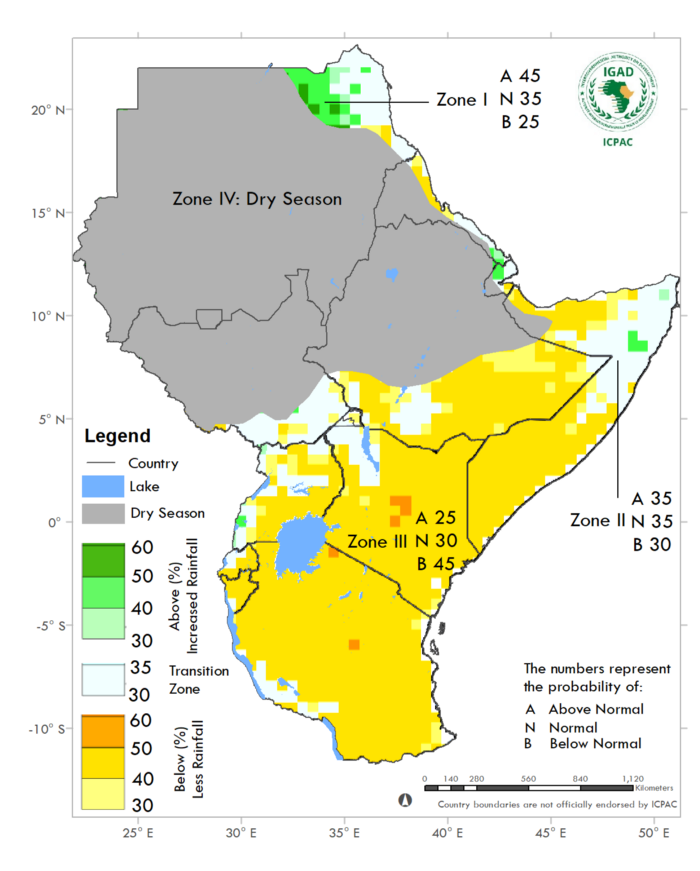
Figure 1: October — December 2020 Eastern Africa rainfall outlook
The October — December 2020 Season Possible Scenarios
● Scenario one looks at the IOD which is forecasted to be slightly negative and is expected to return to a neutral state at the end of the season, and weak La Nina conditions persisting throughout the season. La Nina and negative IOD favor more likelihood of depressed rainfall over the region as forecasted.
● Scenario two looks at the occurrence of cyclones over the north-western Indian Ocean before and during the season. Depending on their tracks and intensities, they can enhance rainfall in their areas of tracks, but depress rainfall in other far regions by changing the regional wind patterns.
In conclusion, while most countries in the region are expected to experience drier than usual conditions, monitoring of cyclones continues.
Subscribe to the ICPAC mailing list for weekly and monthly updates to the OND 2020 forecast.
